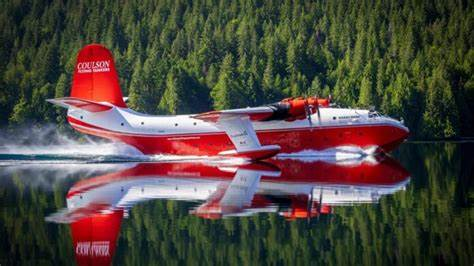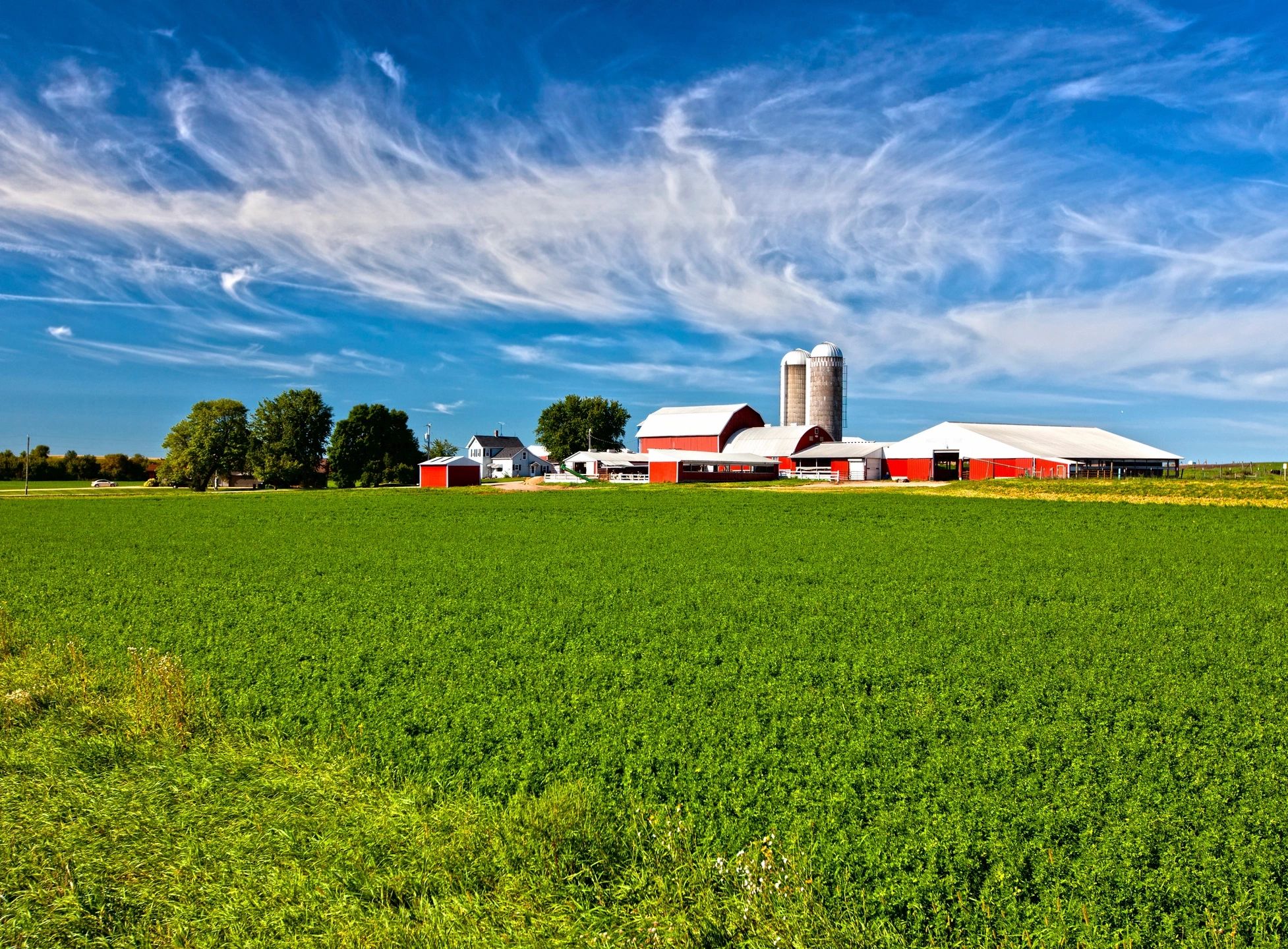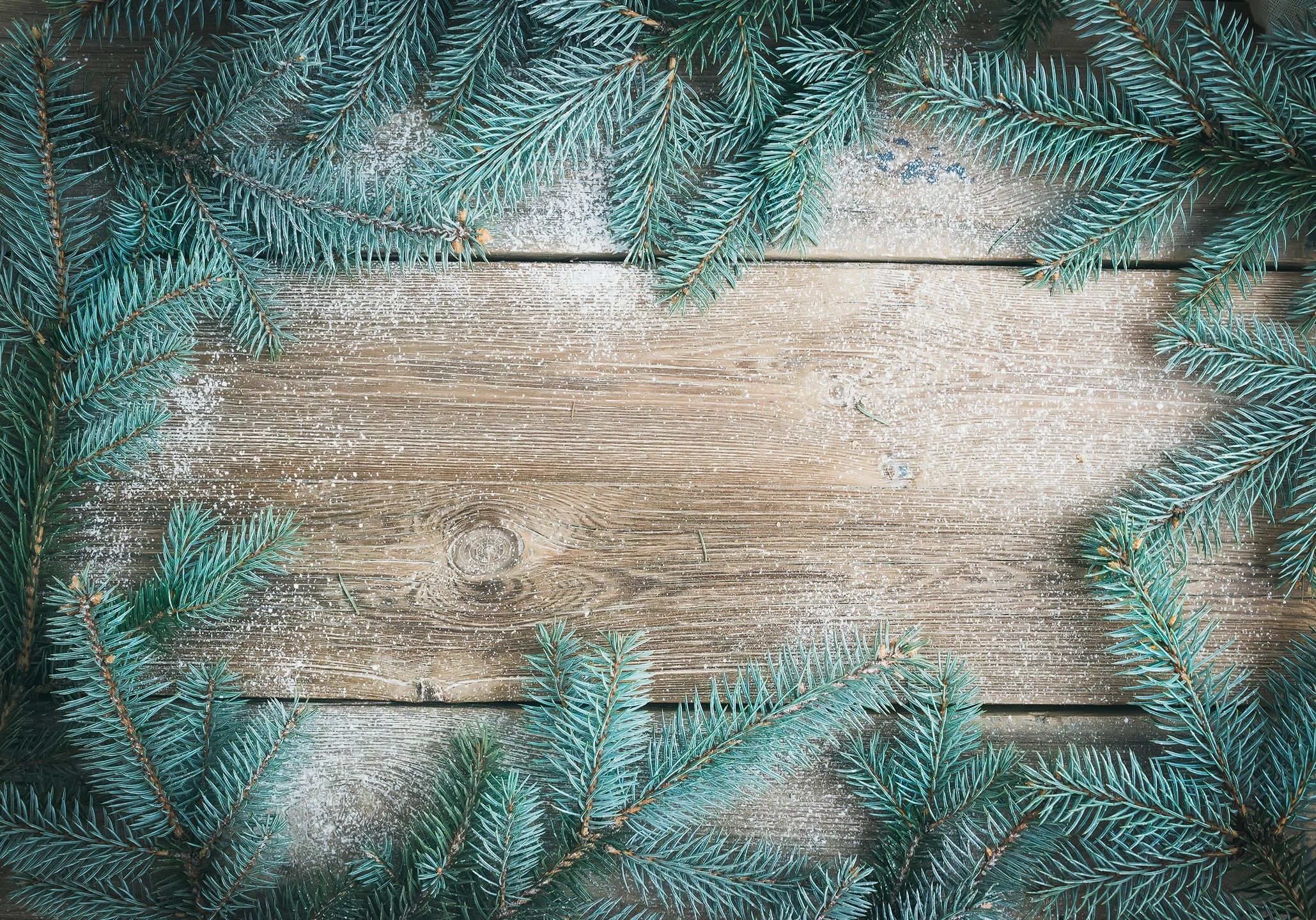The thunderous roar of the Hawaii Martin Mars as it swooped low over the Saanich Peninsula on Sunday brought back vivid memories for Dean Christie. He remembered that same sound from over four decades ago when he watched the aircraft scoop water in the B.C. Interior.
Back then, Christie was a young child, terrified by a nearby wildfire in Salmon Arm. His mother took him to Shuswap Lake, where they watched the massive plane scoop up water. The sight of the water bomber reassured him that “everything was going to be OK.” Now, as an adult, Christie brought his six-year-old son, Andrew, to witness the plane’s final descent at Patricia Bay.
On Sunday, tens of thousands gathered to watch the iconic water bomber—long a symbol of firefighting in B.C.—take its last flight from Sproat Lake to Patricia Bay, crossing Vancouver Island. The plane will now be removed from the water and transported to the B.C. Aviation Museum in North Saanich, where it will be preserved as a permanent exhibit.
Wayne Coulson, CEO of Coulson Aviation, shared that hundreds of boats and thousands of spectators gathered at Sproat Lake to bid farewell to the plane. The Coulson family took a final loop around the lake aboard the Hawaii Martin Mars before its departure.
The final flight took the aircraft over Port Alberni, Comox, Campbell River, Powell River, Nanaimo, the Gulf Islands, and downtown Victoria. As the plane reached Crofton, the Canadian Forces Snowbirds, fresh from an airshow in Abbotsford, joined it in the sky as it approached its final descent.
Thousands of onlookers lined the shoreline and filled Patricia Bay Park. Traffic on surrounding roads came to a halt as the Martin Mars made its first flyover of the Saanich Peninsula at 6:15 p.m., en route to downtown Victoria with the Snowbirds in tow. When the plane returned 25 minutes later, cheers erupted, only to be overpowered by the thunderous roar of the aircraft as it came in for its final landing.
Spectators climbed atop cars and trucks for a better view. A final cheer rose from the crowd as the plane’s propellers shut off for the last time at 6:50 p.m., after mooring at the Institute of Ocean Sciences.
Wendy Magnes, who had set up a picnic table and chairs at a viewpoint near the institute, reflected on the historic significance of the Martin Mars in B.C. firefighting. She recalled the “awe-inspiring” sight of the water bomber flying over Kamloops in the 1970s.
“It was surprisingly emotional watching the plane make its last flight,” she said, wiping away tears. “It’s a testament to the innovation on how we do things here in this province.”
The Glenn L. Martin Company originally built only seven of these aircraft for the U.S. Navy during World War II, primarily for ocean patrol and long-range transport. Most were used for naval cargo on the San Francisco-Honolulu route until 1956.
Eventually sold as scrap, four of the remaining planes were purchased by a B.C. forestry consortium and converted into water bombers. Hawaii Martin Mars was the last of these to retire from active service in 2015.
The plane’s final flight was captained by Peter Killin, 70, who had piloted the aircraft for more than 17 years.
The crew for the flight included First Officer Rick Matthews, Lead Engineer Dave Millman, Flight Engineer Roy Copeland, and plane owner Britton Coulson.
Coulson shared that the plane has been meticulously maintained since its retirement from active service in 2015. “We’ve taken good care of it, always ensuring it had a crew on board,” he said.
Whether flying at 185 knots at an altitude of 500 feet or cruising along the coast, “the airplane just purred and performed exceptionally,” Coulson added.



